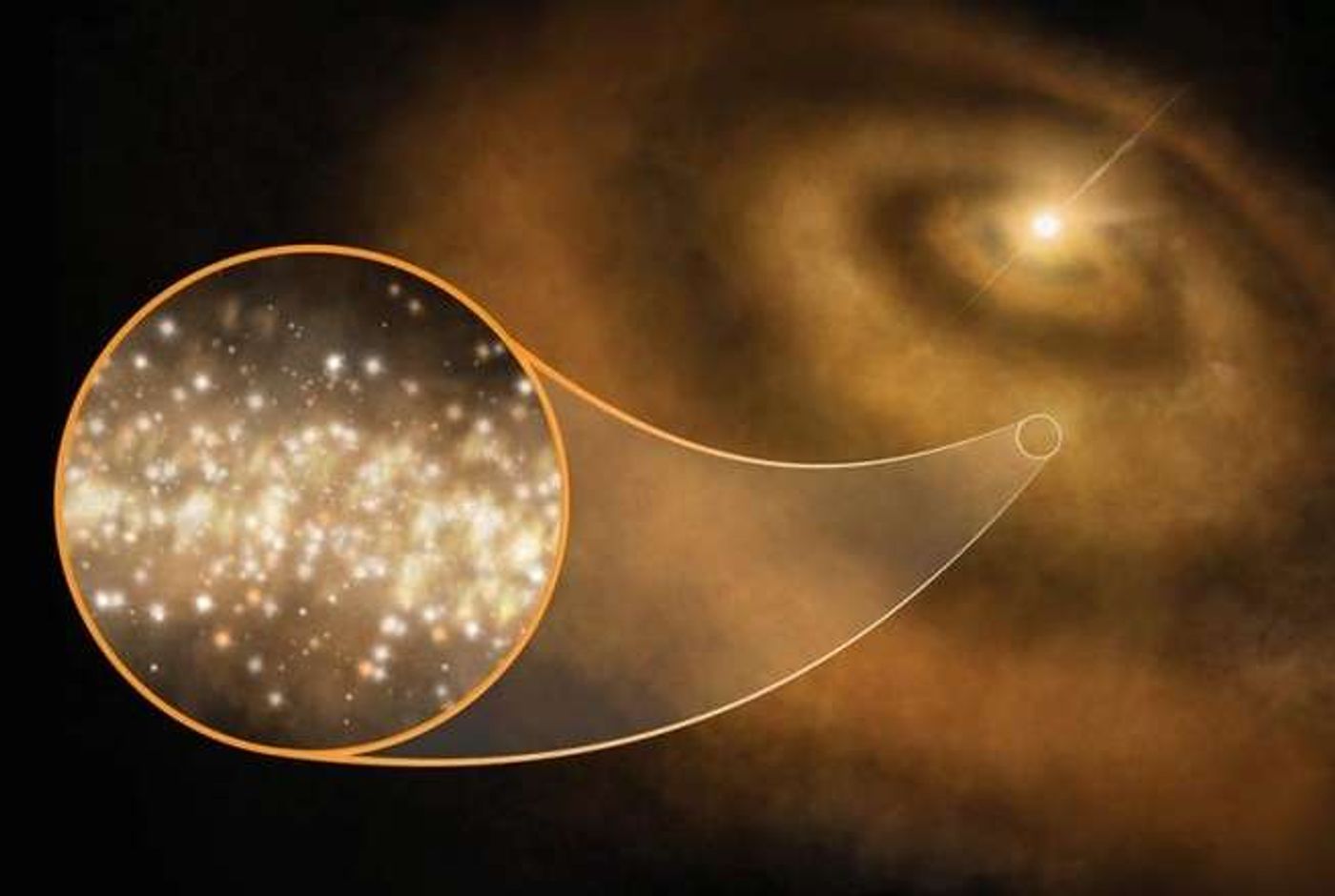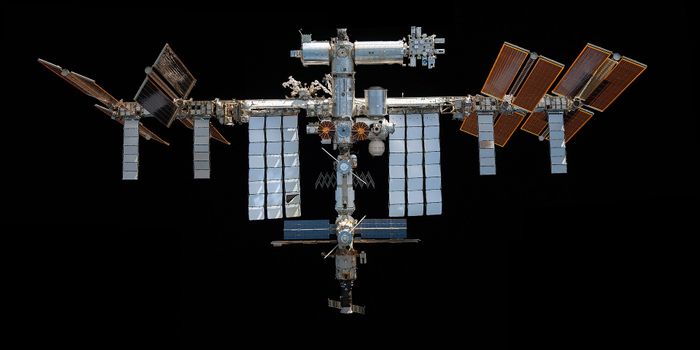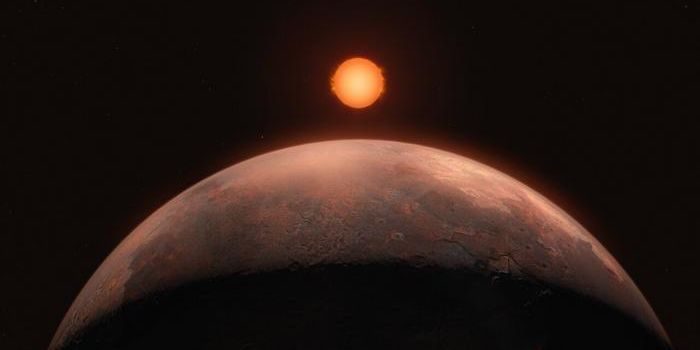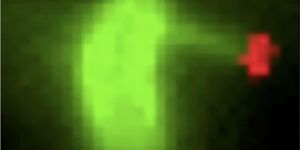Are Nanodiamonds to Blame for Anomalous Microwave Emissions?
Astronomers are always attempting to answer the seemingly endless stream of questions that arise from studying outer space. One of the most crucial questions emanates from our curiosity about the mechanisms behind planetary formation throughout the universe.
Jane Greaves is just one of several astronomers that scrutinizes stellar systems with high-power telescopes in an attempt to find answers. In her search, she looks for concentrations of dust orbiting distant stars; said dust is thought to clump together over millions of years to form planets.
Image Credit: S. Dagnello, NRAO/AUI/NSF
While studying various stellar systems with the Virginia-based Green Bank telescope a few years back, Greaves reported strange findings that she couldn’t explain in three particular systems. As it would seem, she stumbled upon a little-understood phenomenon known as anomalous microwave emission (AME).
“I was looking for emissions from small dust particles that would get steadily brighter. But this emission got brighter and then got fainter again as you went along in the wavelength—and that's a really difficult thing to make by most astronomical processes,” Greaves explained.
“I’ve been staring at this set of numbers for about eight years or so going ‘those are wrong, those are wrong,’” she continued.
Related: This star reportedly went supernova more than once
Upon sharing and re-analyzing the findings with her colleagues, Greaves says they’ve found one thing in common with all three of the systems that echoed the strange readings: each one contained star-orbiting nanodiamonds dispersed throughout the dust particles. The findings have been published in the journal Nature Astronomy.
The so-called nanodiamonds measure mere nanometers across and appear to be coated in a layer of hydrogen that they would have accumulated while floating through gaseous hydrogen in space.
Despite being so tiny, Greaves and her colleagues propose that these nanodiamonds were just influential enough to manipulate the light passing through and reflecting from them, which would have sent wonky data to any telescope looking right at it.
At this point, the theory is highly preliminary, so it will require additional research to validate and investigate what’s actually going on. Fortunately, Greaves intends to further her research into these intriguing systems to learn more about these nanodiamonds and how they impact their surroundings.
“Hopefully we’ll get a statistical view of whether this is something much bigger than three particular protoplanetary discs,” Greaves added.
Related: Can we trust LIGO's gravity wave data?
It should be interesting to see what becomes of any future research.
Source: Popular Science









